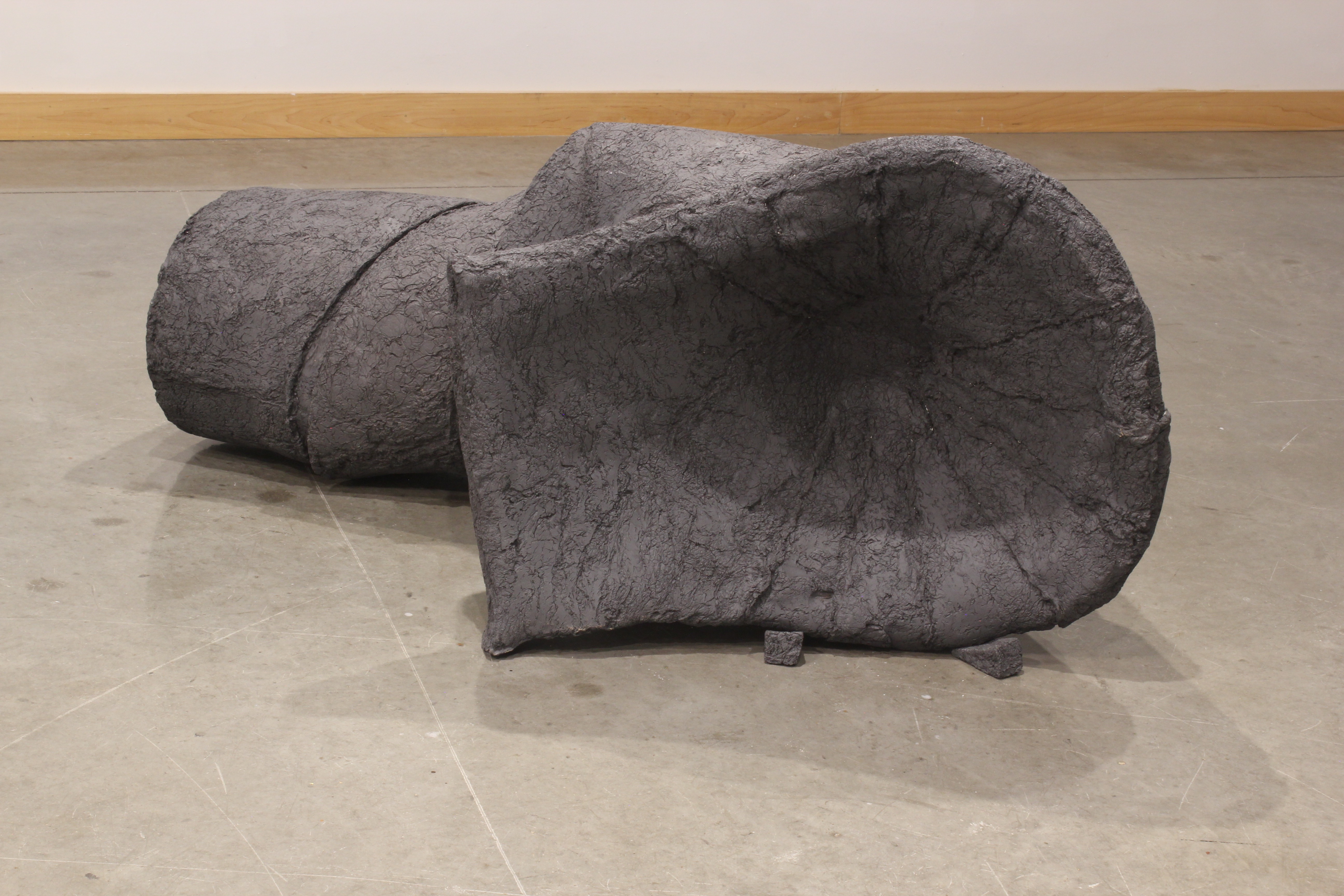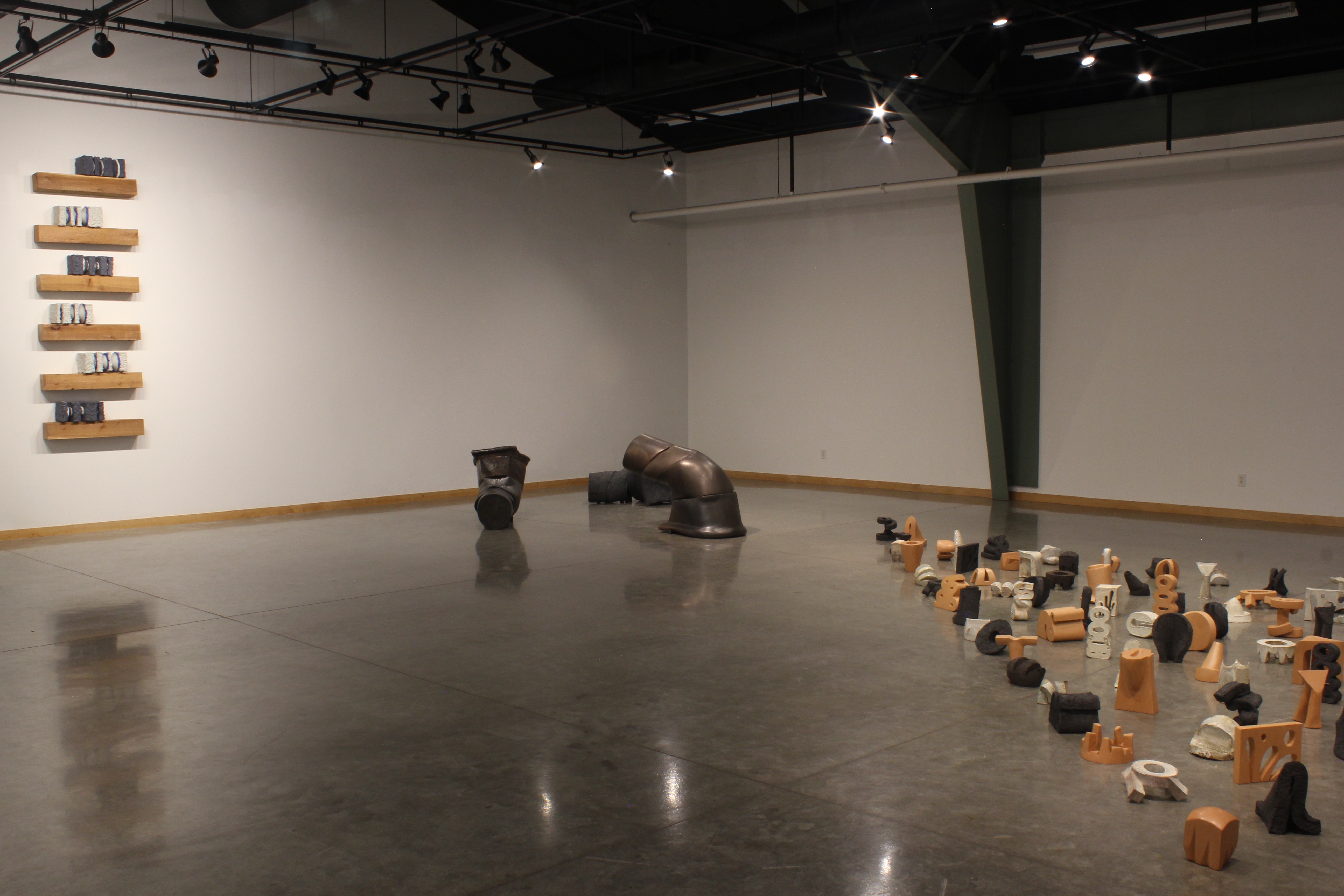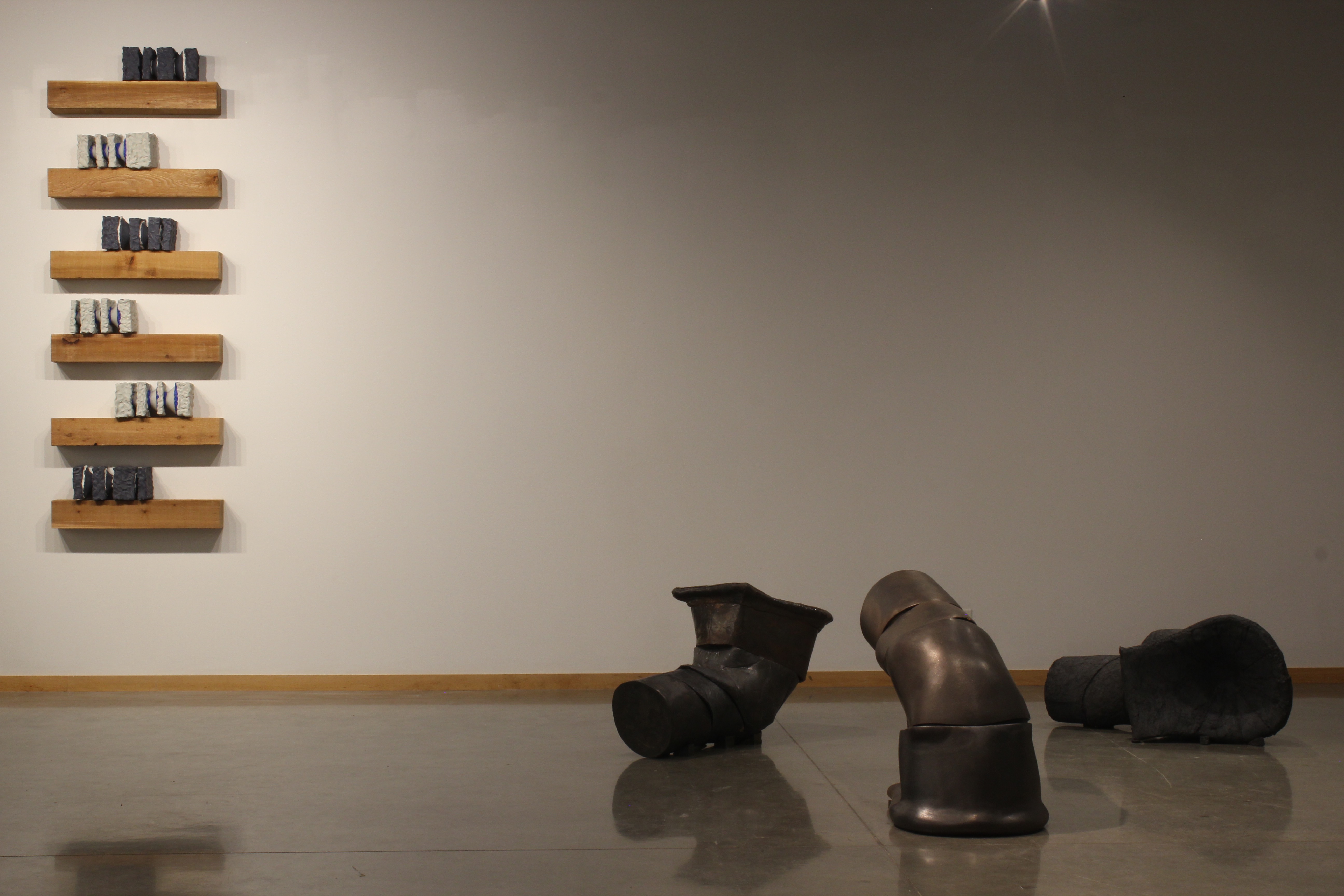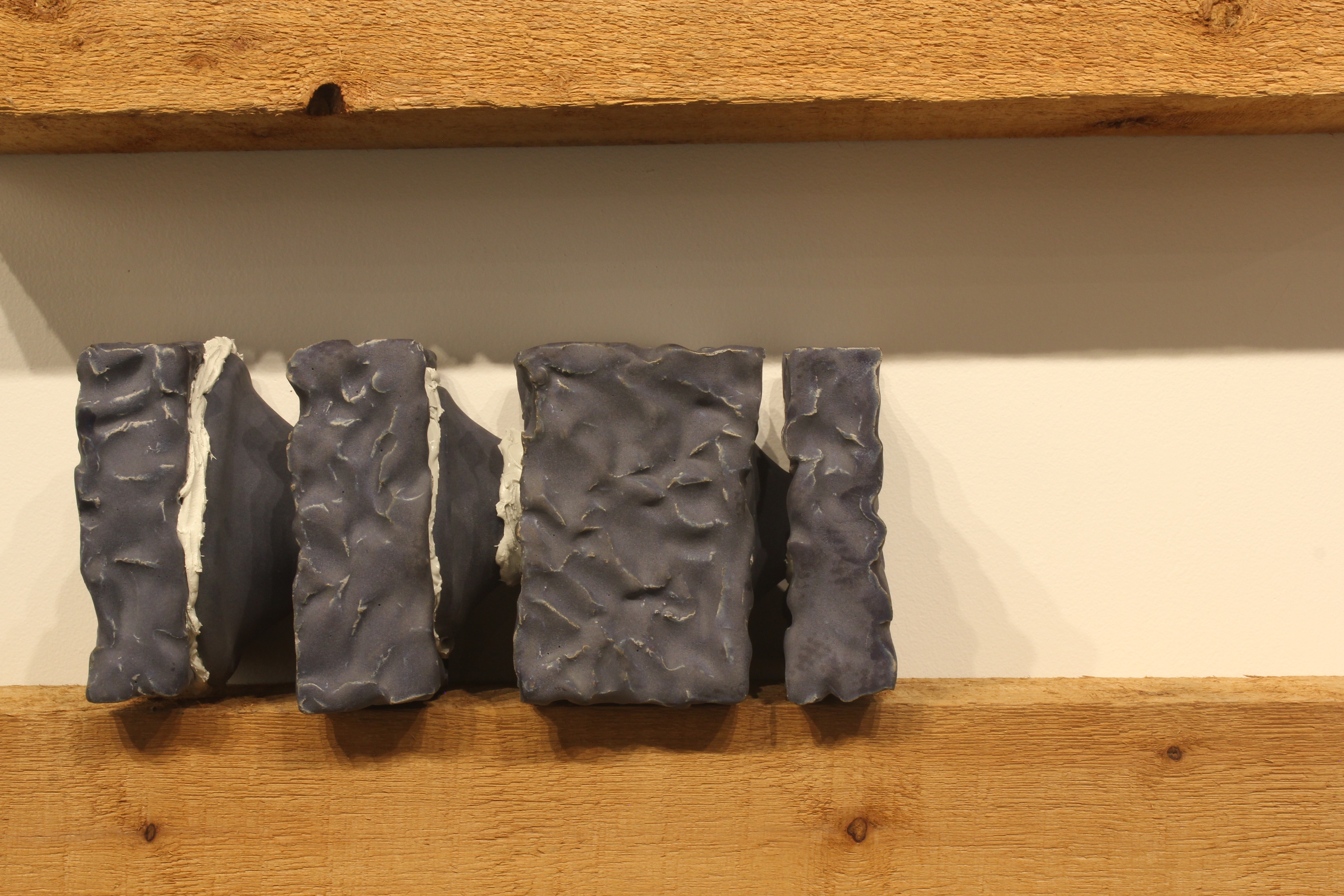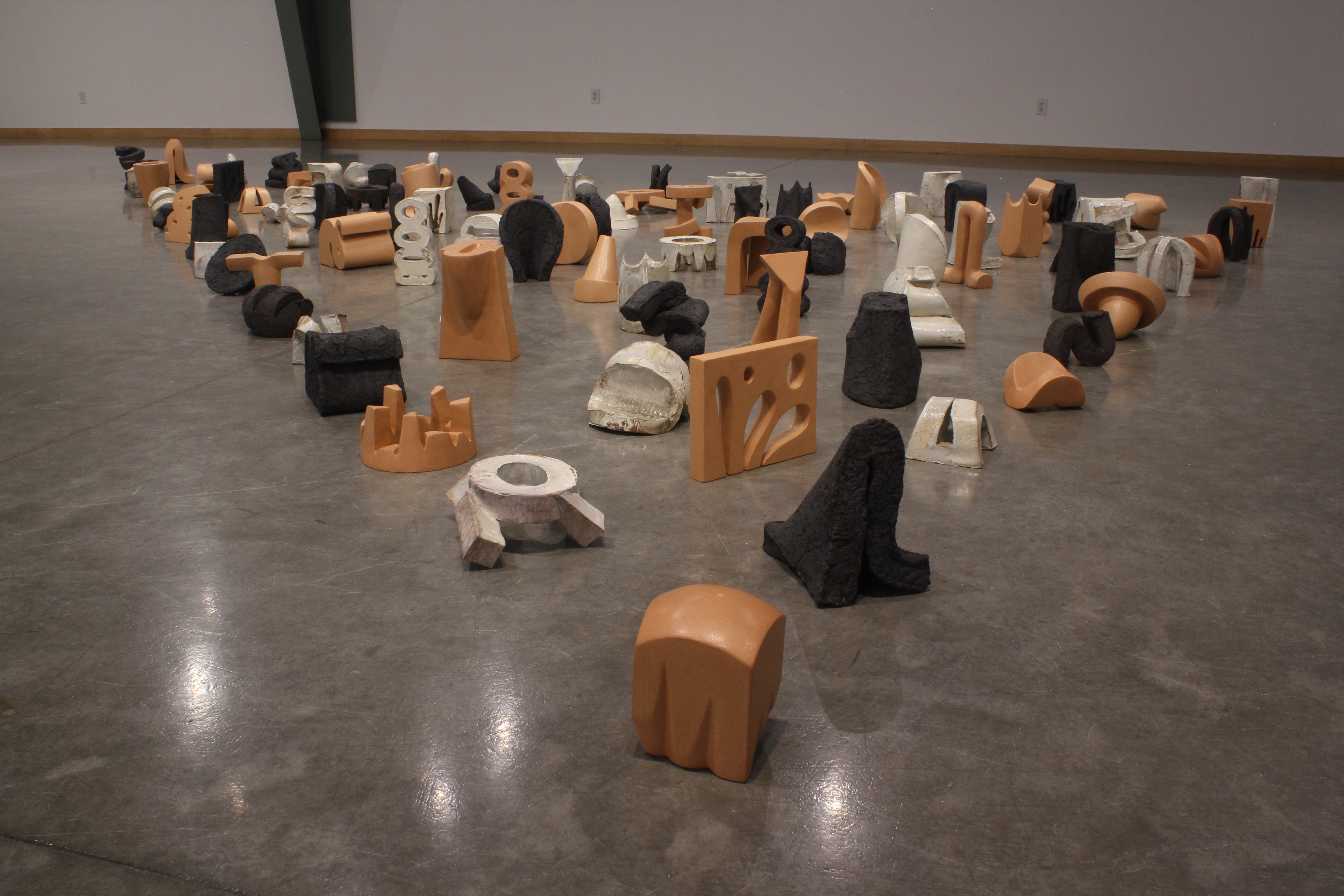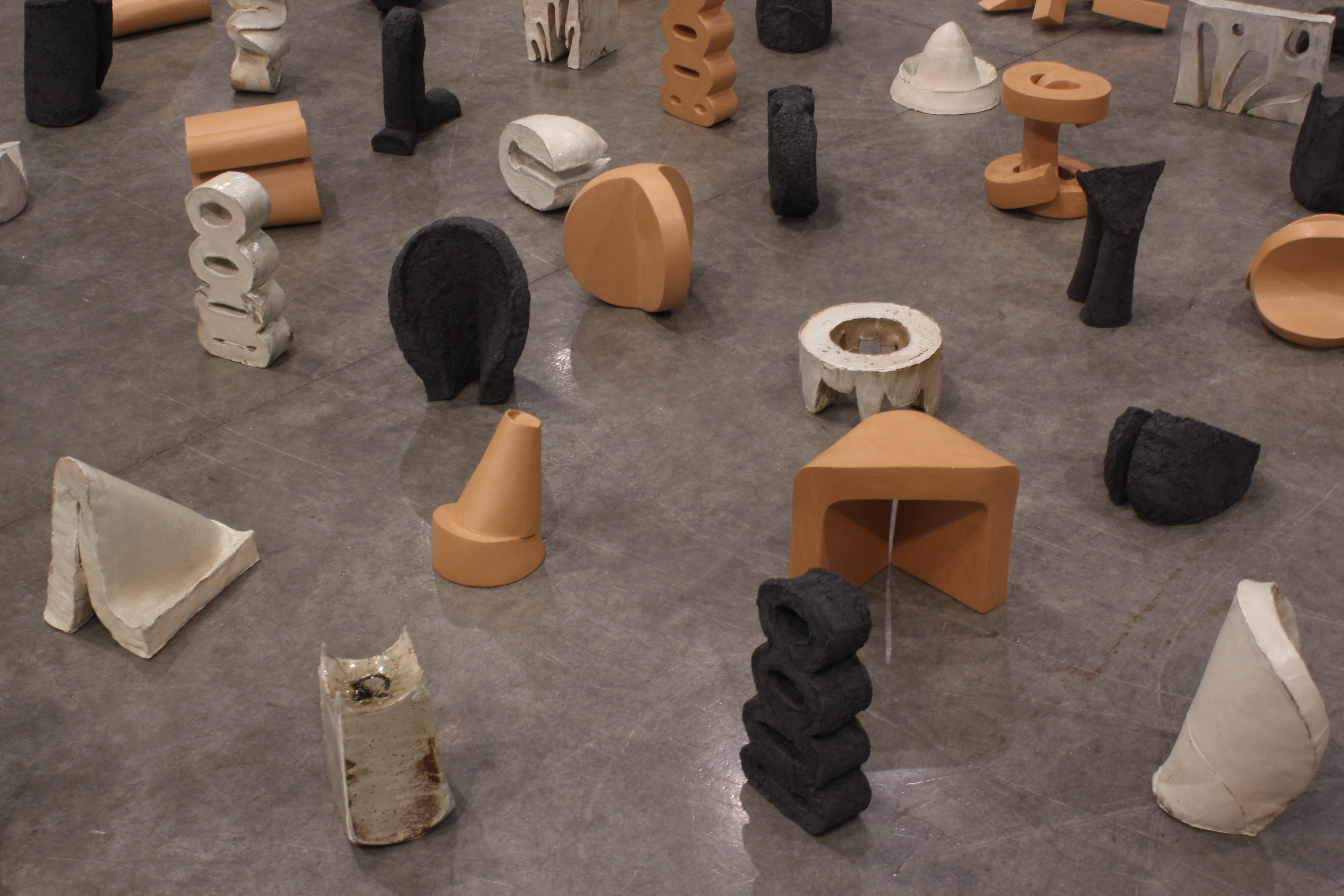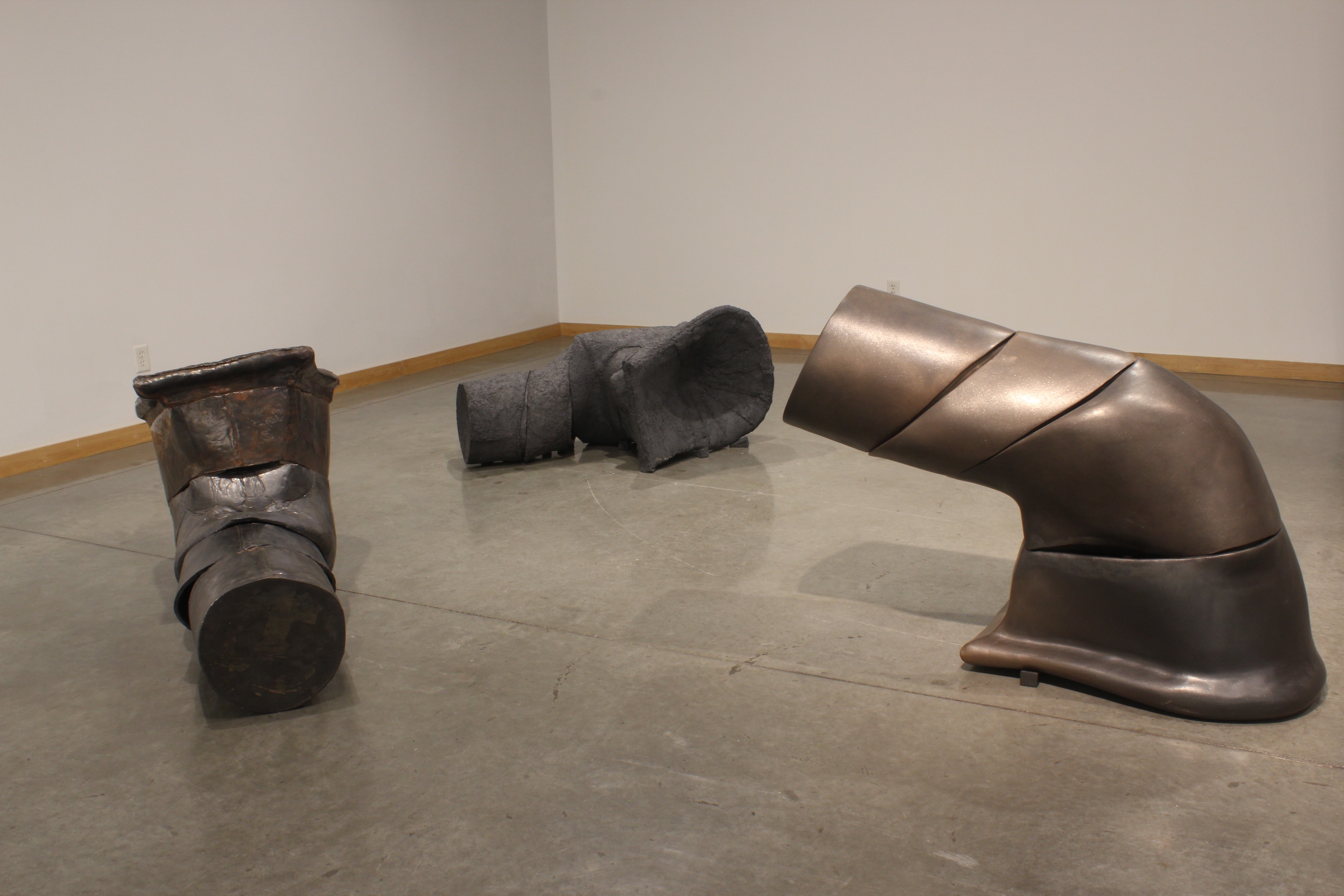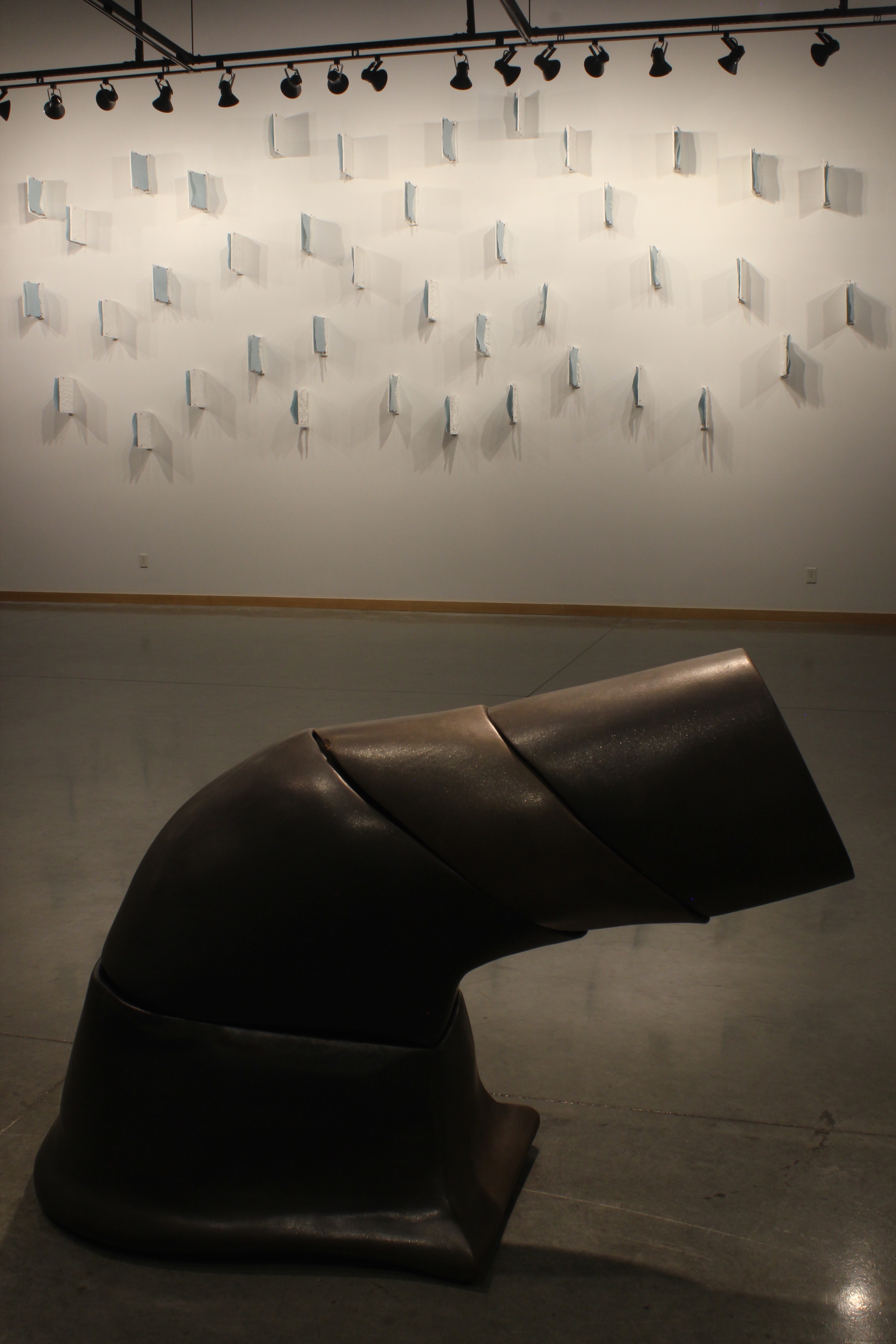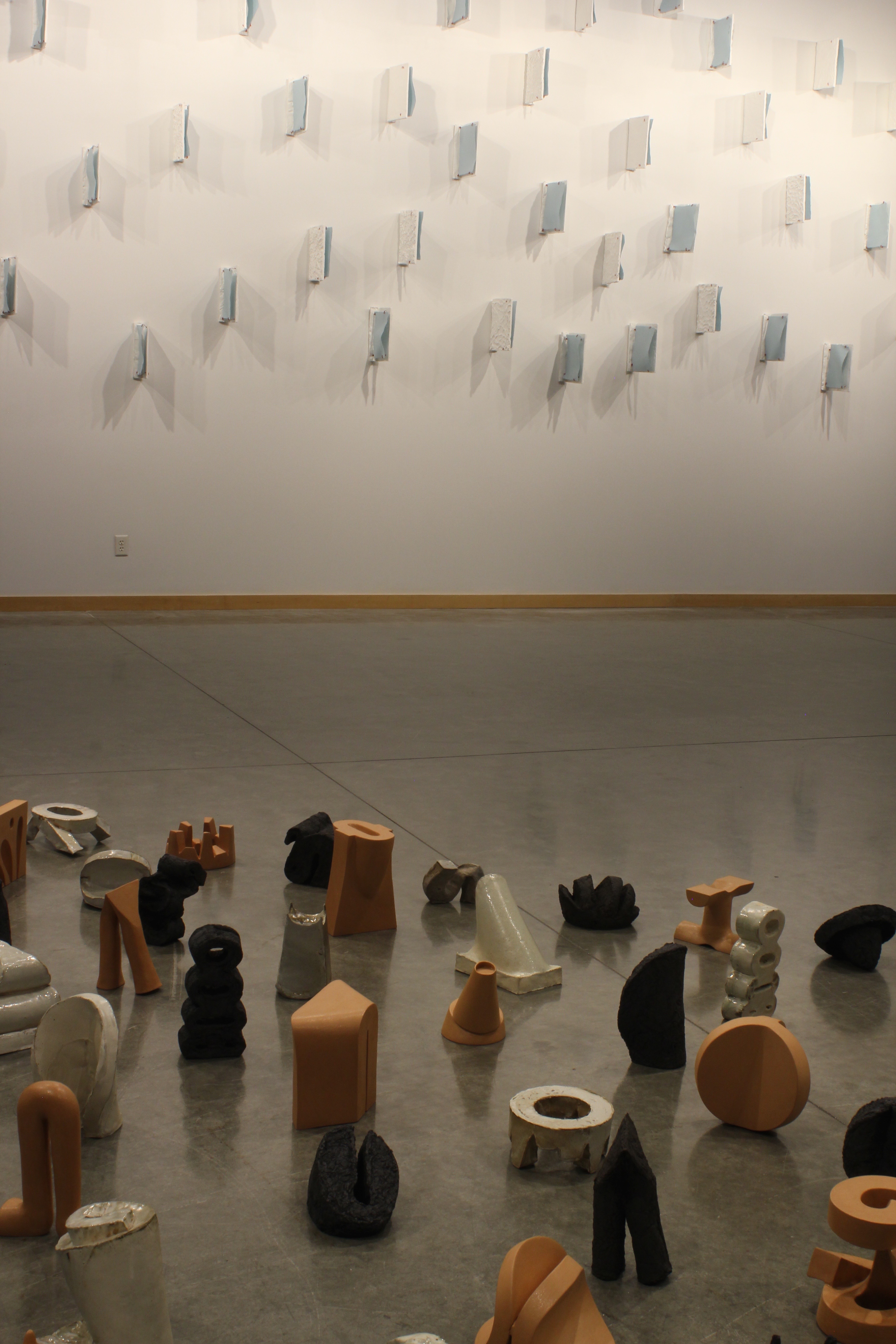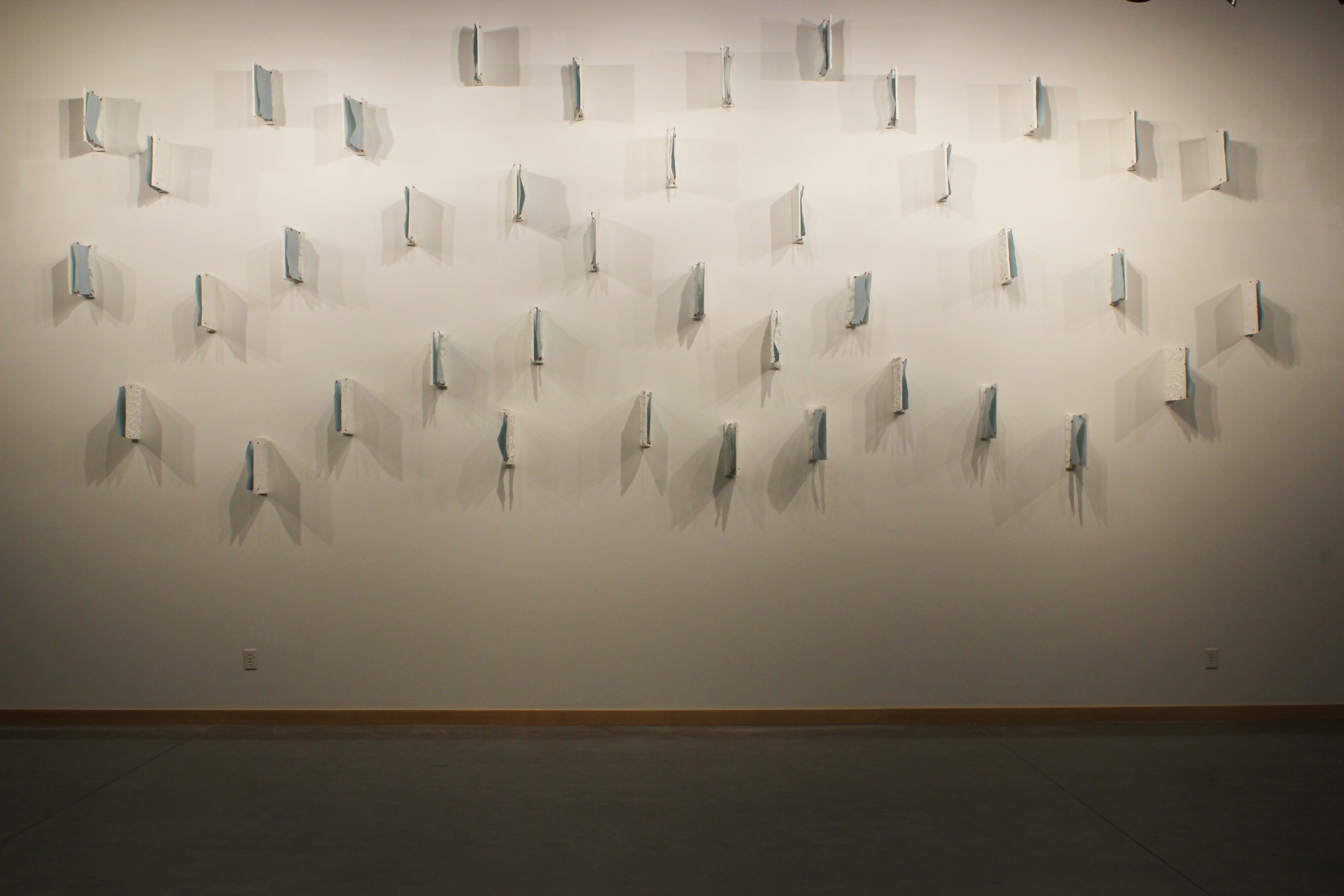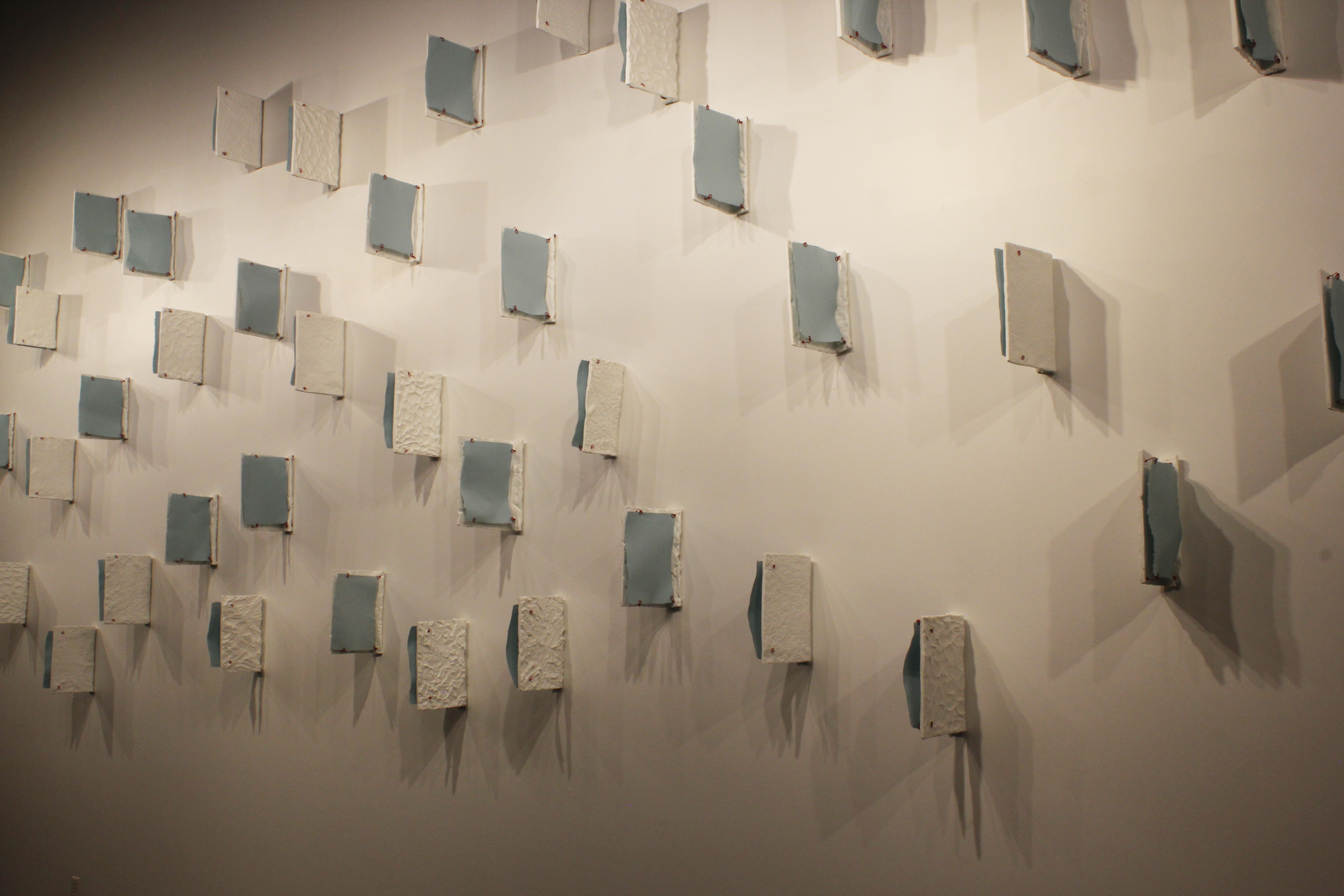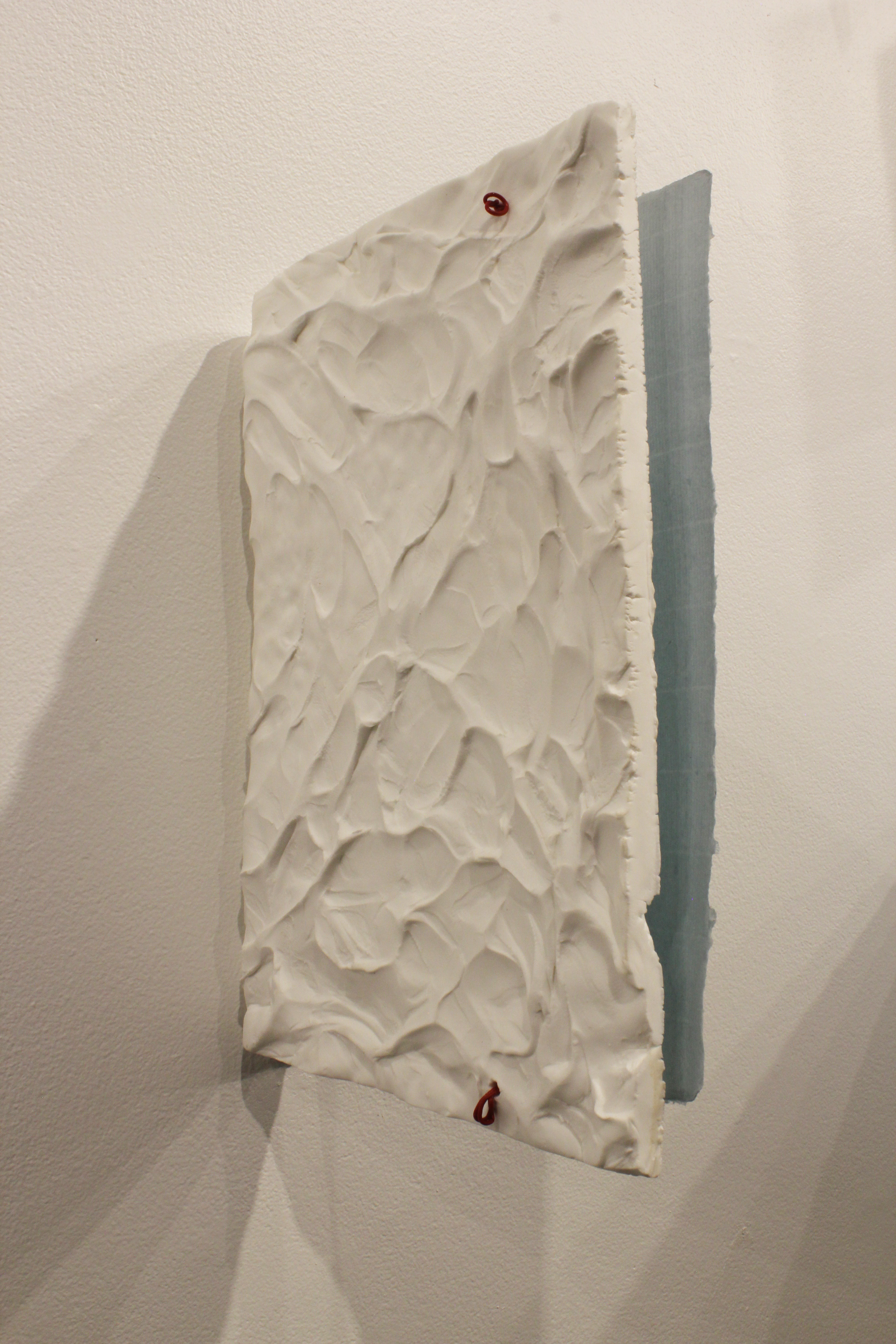Business, Cleverly Disguised as Pleasure is four series gathered around Jheronimus Bosch, Marguerite Yourcenar, & Marcel Proust. The presentation of pleasure may be the most mysterious ever in Bosch’s Garden of Earthly Delights. Like many other triptychs, it has three parts plus one more—the fourth part is the image painted on the back. Zeno, Yourcenar’s protagonist in L’Oeuvre au Noir, dispels simplistic dualities of religion, labor, & sexuality at great personal cost. “Les choses en effet sont pour le moins doubles,” the narrator tells the reader, in Albertine disparue, the second-to-last volume in Proust’s À la recherche du temps perdu. The comment is a wry understatement on the multiple shades of human character, implying that just two is too simple. Likewise this exhibition title inverts the more usual pleasure disguised as business. It isn’t business or pleasure. A disguise is a plastic, substantive thing. The exhibition is business, pleasure, & each of those disguised as the other.
bring the end in line with the beginning combines pottery & architecture, two approaches to sheltering that employ ceramics, with an examination of the themes of containers & containment in À la recherche du temps perdu by Marcel Proust. It shows a continuation of studies of line & curve, circle & square, sphere & cube. Recognizing that time is typically measured on the x-axis of a graph, the paraboloids are oriented horizontally, throwing the end back to the beginning in time instead of the beginning in mood. The directrix (the reference line that gives a parameter for the geometry of a parabola) is displaced across the form in several steps, as a cube splintered into sheets.
wood, stoneware with glaze, epoxy, 2014-2016
tripelgänger is ceramics in three versions after architectural thumbnail sketches by François Blanciak. A parallel is drawn from Blanciak’s book, Siteless, as ceramics flows through contexts of painting, sculpture, & architecture. Shadowing shows ceramics’ ambivalent relationship with these three, oscillating between distinction & indeterminacy. Meanwhile ceramics’ durability in material & history provides the necessary friction.
burnished micaceous earthenware, stoneware, wood-fired stoneware with slip, 2013-2014
Silos is a series of containers on a scale to contain the body—inspired by an eclectic mix including an antique tub that wraps around the body, a mud dauber’s nest, a handle, the Klein Bottle, the rhyton, alpine lakeshore, the comma, & the retort. Crooked or warped edges of medieval Limoges reliquaries led to the glitched seams.
burnished & smothered micaceous earthenware, stoneware, wood-fired stoneware with slip, 2016
Turnstile is one of several series of tiles whose linear, planar, or volumetric form emerges or extends from the wall. Turnstile turns perpendicular to the wall, peeled up to reveal a stratum of paper & a space between, emphasizing their thinness & the appearance of one as the shadow of the other. The Bagsvaerd Kirke by Jørn Utzon in Copenhagen, Denmark is the principal inspiration, as well as tileworks by Babs Haanen & Wayne Higby particularly the palette of blue & white.
bone china, paper, wire, 2014
2016, Beatrice M. Haggerty Gallery, University of Dallas, Irving, TX
